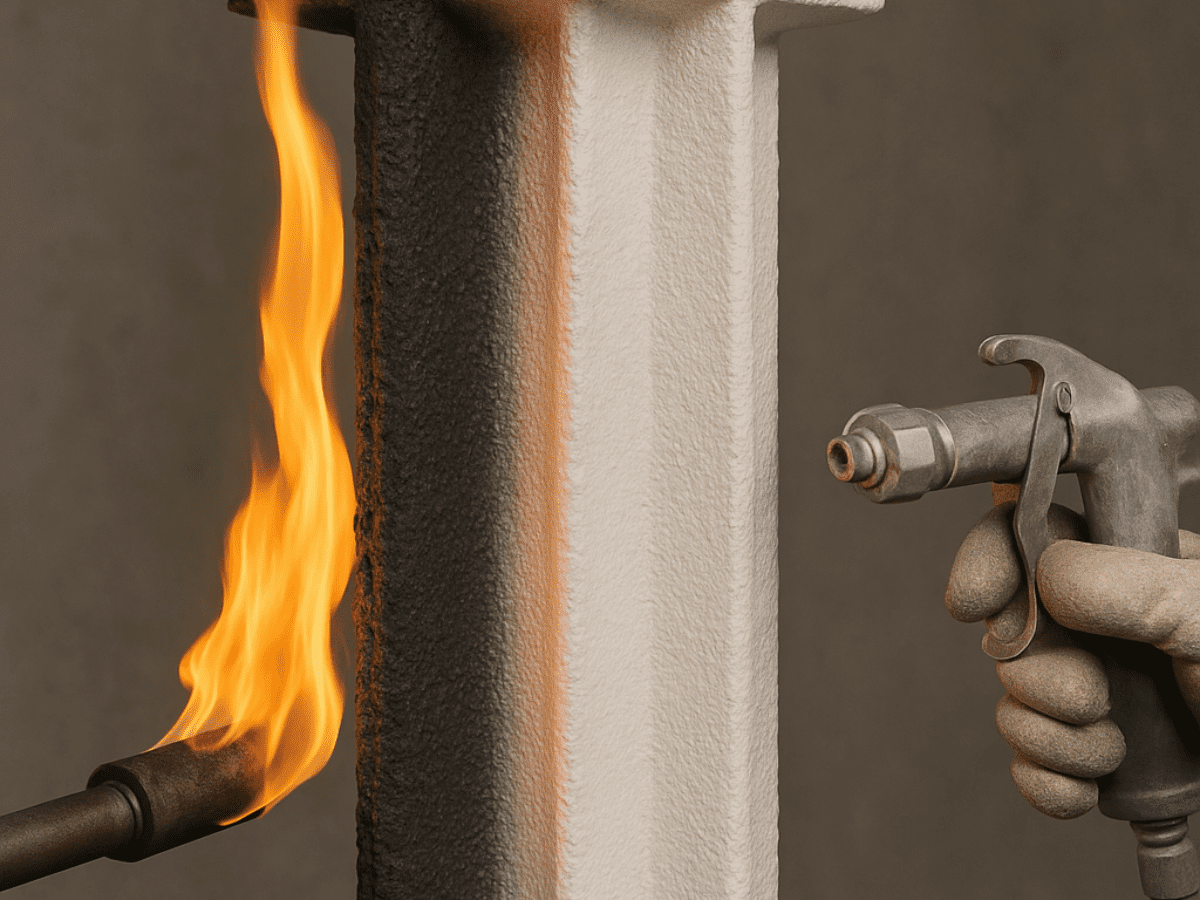Protecting Structures with Innovative Solutions
In today’s world, ensuring the safety and longevity of structures is paramount. One of the most effective ways to protect buildings from the devastating effects of fire is through the use of fire-resistant coatings. These specialized coatings are designed to prevent the spread of flames and protect the underlying materials from heat damage.
What Are Fire-Resistant Coatings?
Fire-resistant coatings, also known as intumescent coatings, are a type of passive fire protection. They are applied to surfaces such as steel, wood, and other construction materials to provide an extra layer of protection in the event of a fire. When exposed to high temperatures, these coatings undergo a chemical reaction that causes them to swell and form an insulating layer, which slows down the spread of fire and reduces heat transfer.
How Do They Work?
The effectiveness of fire-resistant coatings lies in their intumescent properties. When exposed to heat, the coatings expand and form a charred layer that insulates the underlying material. This charred layer acts as a barrier, preventing the fire from reaching the substrate and maintaining the structural integrity of the building. The process involves several stages:
- Initial Phase: The coating remains inert during normal conditions, providing a protective layer to the substrate.
- Activation Phase: When temperatures reach a certain threshold, typically around 200°C (392°F), the coating begins to react, releasing gases that cause it to expand.
- Expansion Phase: The coating swells to many times its original thickness, forming a foam-like charred layer.
- Insulation Phase: The charred layer insulates the substrate, significantly reducing the rate of heat transfer and protecting it from damage.
Types of Fire-Resistant Coatings
There are several types of fire-resistant coatings available, each suited to different applications and levels of fire protection:
Water-Based Coatings
Water-based fire-resistant coatings are environmentally friendly and easy to apply. They are commonly used on wood and other combustible materials. These coatings provide excellent fire protection while emitting low levels of volatile organic compounds (VOCs).
Solvent-Based Coatings
Solvent-based coatings offer strong adhesion and durability, making them ideal for use on steel and other non-combustible materials. They provide a high level of fire resistance and are often used in industrial and commercial settings.
Epoxy-Based Coatings
Epoxy-based fire-resistant coatings are known for their exceptional toughness and resistance to chemicals. They are often used in harsh environments where durability is crucial, such as offshore structures and chemical plants.
Benefits of Using Fire-Resistant Coatings
Using fire-resistant coatings offers several advantages:
- Enhanced Safety: By slowing the spread of fire and reducing heat transfer, these coatings help protect lives and property.
- Regulatory Compliance: Many building codes and regulations require the use of fire-resistant materials in certain structures. These coatings help meet those requirements.
- Cost-Effective: Compared to other fire protection methods, such as installing fireproofing boards, coatings are often more cost-effective and easier to apply.
- Versatility: Fire-resistant coatings can be applied to a wide range of materials, making them suitable for various applications.
Application and Maintenance
Proper application and maintenance are crucial to ensuring the effectiveness of fire-resistant coatings. It is important to follow manufacturer guidelines and industry standards during the application process. Regular inspections and maintenance should also be carried out to ensure the coatings remain in good condition and continue to provide the necessary level of protection.
Conclusion
Understanding fire-resistant coatings is essential for anyone involved in the construction and maintenance of buildings. These innovative solutions provide an invaluable layer of protection, enhancing the safety and resilience of structures. By choosing the right type of coating and ensuring proper application and maintenance, we can significantly reduce the risks associated with fire, protecting both lives and property.
For more information on fire-resistant coatings and other protective solutions, contact us.


